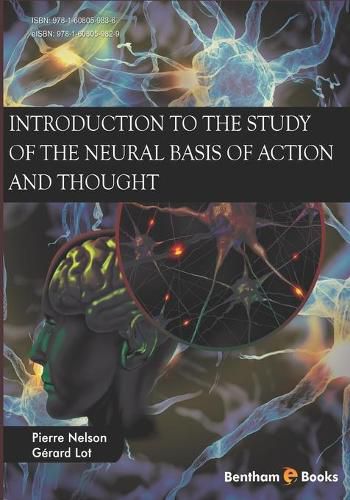Readings Newsletter
Become a Readings Member to make your shopping experience even easier.
Sign in or sign up for free!
You’re not far away from qualifying for FREE standard shipping within Australia
You’ve qualified for FREE standard shipping within Australia
The cart is loading…






How do neurons work in processes that guide thought and action? This eBook answers this question by presenting an accurate analysis of all the physico-chemical phenomena occurring between interconnected neurons. Once researchers have this information, they can then build a functional catalog of neurons and understand the working behind the simplest physiological elements and these can hopefully be replicated into devices. Microscopic and macroscopic experimental results can assist in the study of sensorial analysis, instincts and motor control of skeletal muscles. The book also presents a description of memory at the cellular level and gives insights about the learning process in living systems. Such research has increased our understanding of the mechanisms of animal behaviors from the honeybee to the dog. In human beings, the efficiency of the same neural mechanisms overtakes a threshold when language allows building new abstract signals from previous abstract signals. Introduction to the Neural Basis of Action and Thought demonstrates to readers how physiological processes allow us to recall words and generate sentences and how these processes support abstract thought, action and self awareness. This book is a useful primer for anyone interested in cognitive sciences and related research.
$9.00 standard shipping within Australia
FREE standard shipping within Australia for orders over $100.00
Express & International shipping calculated at checkout
How do neurons work in processes that guide thought and action? This eBook answers this question by presenting an accurate analysis of all the physico-chemical phenomena occurring between interconnected neurons. Once researchers have this information, they can then build a functional catalog of neurons and understand the working behind the simplest physiological elements and these can hopefully be replicated into devices. Microscopic and macroscopic experimental results can assist in the study of sensorial analysis, instincts and motor control of skeletal muscles. The book also presents a description of memory at the cellular level and gives insights about the learning process in living systems. Such research has increased our understanding of the mechanisms of animal behaviors from the honeybee to the dog. In human beings, the efficiency of the same neural mechanisms overtakes a threshold when language allows building new abstract signals from previous abstract signals. Introduction to the Neural Basis of Action and Thought demonstrates to readers how physiological processes allow us to recall words and generate sentences and how these processes support abstract thought, action and self awareness. This book is a useful primer for anyone interested in cognitive sciences and related research.